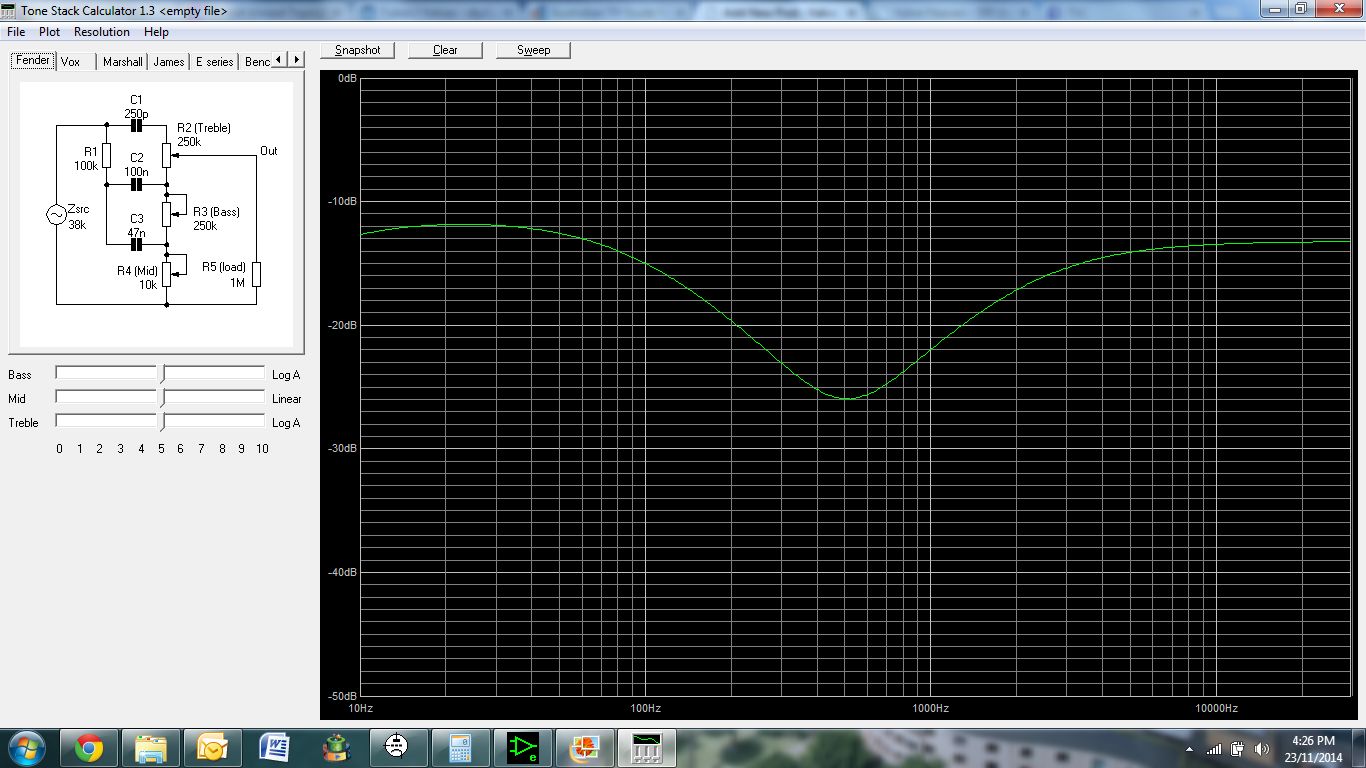I came across these tips for maintaining your amp some time ago – some good advice for keeping your amp in top condition!
1. Always make sure the speaker is plugged in properly before turning on your amplifier. Failure to do so may cause damage to your output transformer or output valves.
2. Make sure your amp is properly grounded check the mains power cord to make sure it is not damaged.
3. Have your power output valves (6V6, 6L6, 6BQ5, 6550, 6CA7, EL34, EL84 etc.) changed or checked if you notice a dullness in your sound. If you see glowing red plates in your output valves, STOP! You either have faulty valves or circuit trouble, and failure to turn the amp off usually results in major blown parts ($$$). The preamplifier valves, 12AX7 and 12AT7 etc should last for several changes of output valves. If you hear jingles, rattles, pops, squeals or if the gain or attack decreases, it may be time to have these valves changed or checked.
4. Transport your amp on a padded surface. Amps transported on the bare metal floor of a van or unpadded boot of a car may have the elements in the valves shaken loose and cause microphonic rattles or worse, short when next powered up at a gig. Treat your amp gently and it will last longer!
5. Follow the amplifier manufacturer’s recommendations about fuse changing. Never, ever use a fuse of a higher rating than called for, or you may wind up with a ($$$) blown power or output transformer.
6. If your amp has an impedance selector, such as Marshall, HiWatt, some Ampegs, etc., place the amp in standby before changing the impedance. Also, be sure to select the correct impedance for the type and number of speakers being used.
7. Use a thick wired cable for speaker hookup. Don’t use thin coaxial guitar cables as speaker wire if possible. This is especially true for bass, where damping factor, tone and watts could be easily lost.
8. If you hear your amp cutting in and out, reduce the amp volume then wiggle the speaker cord. If this influences the cutting in and out, STOP! An intermittently open or shorted speaker connection or cord might damage your amplifier.
9. Keep all cable ends clean. Dirty input jacks cause intermittent crackles and hums sometimes attributed to more serious problems.
10. After powering up your valve amp, look at the output valves (the bigger valves). If the valves’ plates are glowing red hot, STOP! This symptom takes moments to show up and just a few more moments to destroy the output transformer or other parts. The problem could be as simple as faulty valves, or you could have other trouble, such as bias supply failure. A new set of output valves plugged into a seriously malfunctioning amplifier can be ruined in a very, very short time. When in doubt, have your amp tested by a competent technician.
11. Give your amp plenty of ventilation. A fan blowing on the output section of the amp will keep things cooler and generally increase the service life of the electronic components in the amp greatly. An easy way of accomplishing the cooling process is to purchase a small table fan at a discount store (around $20) and place the fan behind the amp blowing into it. The cooler your amp runs, the longer it will run. Your capacitors will especially love you if you keep them cool. Never place the amp with its back against a wall. This will severely limit the natural ventilation the manufacturer has hopefully built in.
12. Do not move your amplifier immediately after shutting it off. Let the amp cool down for a few minutes before moving or transporting it.

